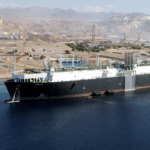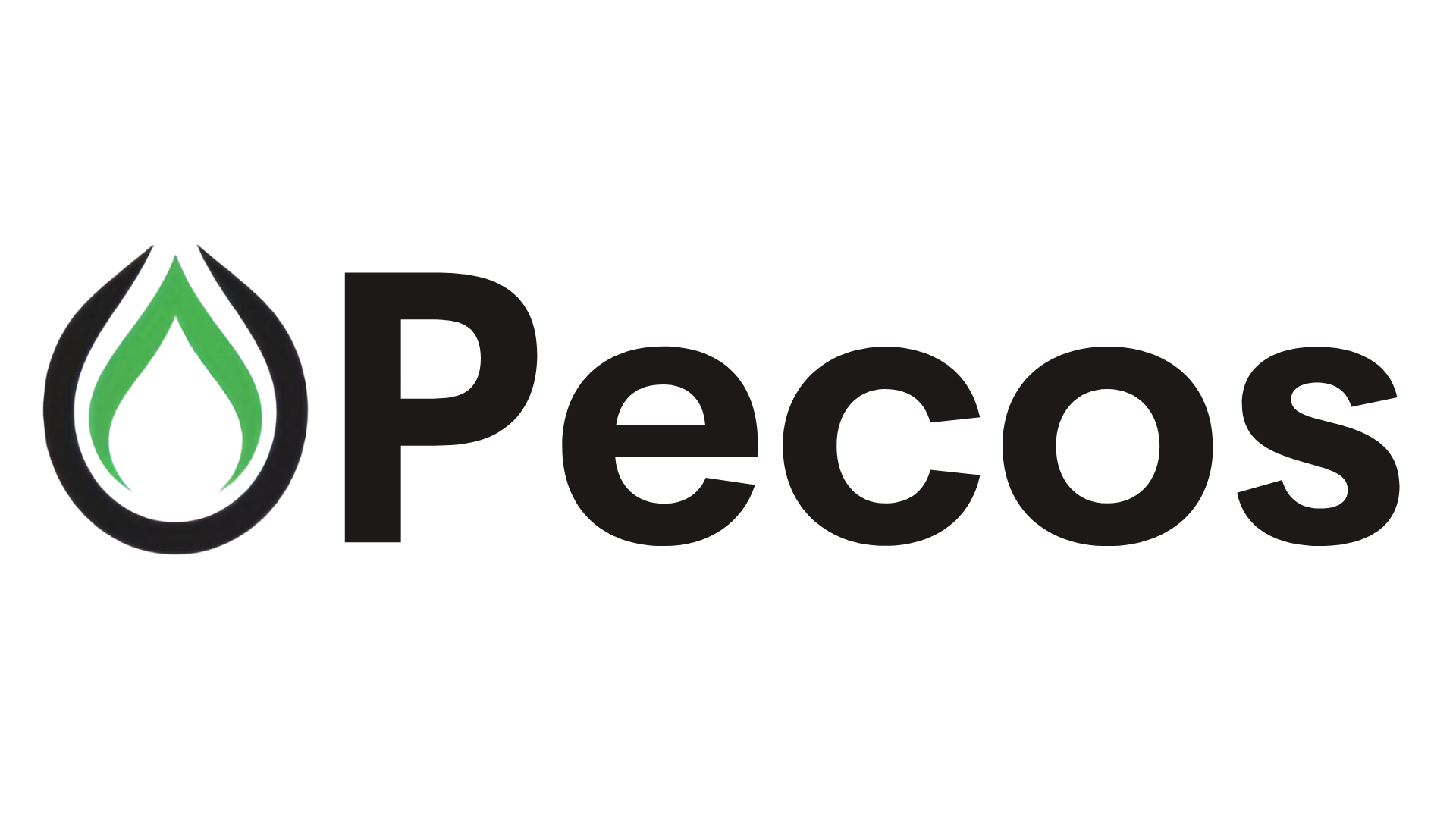Energy News Beat
Maritime tech experts discuss how to make sure ships spend less time in port in the latest installment from Ship Concept 2035, our brand new magazine.
Any holistic report into how ships will operate in the future such as our brand new magazine, Ship Concept 2035, needs to look at the ports side of the business.
What more can be done to ensure ships spend less time at port? Are terminals doing enough to drive efficiency across the supply chain? These two questions were scrutinised at the recent Digital Efficiency Drivers At Port session at Geneva Dry, the world’s premier commodities shipping conference where delegates were given a glimpse of the technology driving change on land.
The central theme revolved around transforming talk of innovation into actionable strategies, real-world examples, and measurable results. With a panel of seasoned professionals across maritime technology and analytics, the session explored the digital transformation sweeping ports and terminals globally, and how to practically navigate that change.
Kicking off the session, moderator Cynthia Worley, vice president of strategic accounts at UK-based technology firm Sedna, underscored the overwhelming pace of digitalisation, with AI tools like ChatGPT dominating conversations, yet many professionals remain unsure about where to begin or what questions to ask.
Ben Palmer, president of Inmarsat Maritime, emphasised that reliable, real-time connectivity is essential for ports and terminals to function efficiently. He drew parallels between the shipping industry and manufacturing facilities, explaining that while the maritime sector is inherently interconnected, it suffers from a lack of true digital integration.
Palmer highlighted the need for always-on, global, secure connectivity—likening it to oxygen for digitalisation. He noted that recent advances in satellite-based, multi-band connectivity have finally provided the infrastructure necessary for widespread innovation. However, cultural conservatism and resistance to change still hamper adoption.
The industry must adopt new tools and embrace a new mindset
Janani Yagnamurthy, vice president of analytics at maritime tech firm Marcura, built on Palmer’s points by identifying mindset, fear of dark data, and integration complexity as key barriers. She emphasised that legacy systems, while functional, often discourage experimentation and that many ports are paralysed by the sheer volume of data.
She shared the example of the Port of Gijón in Spain, which successfully adopted a modular, non-disruptive digital approach. Rather than replacing systems outright, they layered sensors over existing infrastructure to start small and scale progressively. This phased model respected financial and operational constraints and allowed data maturity to grow organically.
Ingrid Kylstad, managing director of Norwegian solutions provider Klaveness Digital, stressed the importance of not just acquiring digital tools, but also integrating them strategically into workflows. The real value, she argued, comes from transforming how teams operate—not merely digitising existing inefficiencies.
Kylstad warned against buying high-potential tools without internal process redesign, drawing a vivid analogy of buying a Ferrari and driving it like a Fiat. Without adapting workflows and ensuring integration, the true ROI remains untapped, leading to eventual disillusionment, she told delegates.
Evangelos Efstathiou, CEO of Burmester & Vogel, a laytime and demurrage software company, noted that historical resistance to automation stemmed from fragmented tools and a lack of standardisation. However, with the advent of SaaS platforms and APIs, seamless integration is now more attainable than ever. He advocated for incremental wins to build momentum—starting with small, demonstrable benefits to encourage internal buy-in.
Yuriy Kizlevych, co-founder of Overhorn Swiss, a port management specialist, supported this by highlighting the global disparity in terminal performance. He advocated for sharing AI-driven operational data transparently with stakeholders to drive optimisation and competitive advantage. This multi-model, data-sharing environment, he argued, could significantly reshape trade patterns.
The panel agreed that while technology enables transformation, trust is what sustains it. Digital adoption is as much a human challenge as a technical one. Tools must empower employees rather than replace them, with training, clarity, and inclusion key to overcoming scepticism.
An audience member shared a success story of cloud migration followed by a deliberate pause to let employees catch up. Rather than pushing for continuous upgrades, they emphasised empowerment and ownership, resulting in increased internal innovation.
The discussion turned toward the untapped potential of operational data. Kylstad stressed that while many systems now promote transparency and efficiency, the real opportunity lies in using that data to develop new business models—not just for cost savings, but for revenue generation.
Efstathiou echoed this by citing an example where a client requested dashboards to prioritise only high-risk voyages, streamlining focus. Aggregating such data could help all stakeholders benchmark performance and identify gaps.
Port documentation remains a bottleneck in many operations delegates were told. Yagnamurthy from Marcura addressed the inconsistencies in format, language, and metadata in critical documents like statements of facts (SOFs), notices of readiness, and bills of lading. She recommended robust master data management, data governance, and the use of AI to extract, standardise, and interpret such data—ultimately turning it into an asset rather than a liability.
Kylstad suggested that the rise of tools like ChatGPT and intelligent automation will increasingly simplify and democratize access to complex documents, making industry-wide standardisation less critical than it once was.
Efstathiou and Inmarsat’s Palmer agreed that while different segments face unique challenges, shared-value ecosystems can offer immense benefits. They encouraged open communication, shared KPIs, and collaborative platforms as a future model.
Yagnamurthy foresaw a need to “unlearn every five years” due to rapid changes in AI models and workforce expectations.
“As AI and digital ecosystems evolve, the ability to unlearn and relearn every few years will be crucial. Maritime operations are shifting fast, performance metrics are changing, IT is becoming operational, and digital agility will be a defining capability. To stay relevant, the industry must adopt new tools and embrace a new mindset,” Yagnamurthy said.
In his closing remarks, Burmester & Vogel’s Efstathiou advised the audience to take an active role—don’t wait for vendors to deliver a perfect solution. Engage, experiment, and drive collaboration between stakeholders, he said, advising that the technology gap between consumer and enterprise tools is narrowing quickly, and those who move fast and smart will win the competitive edge.
To access the whole of Ship Concept 2035 for free online, click here.

The post Digital efficiency drivers on land appeared first on Energy News Beat.









